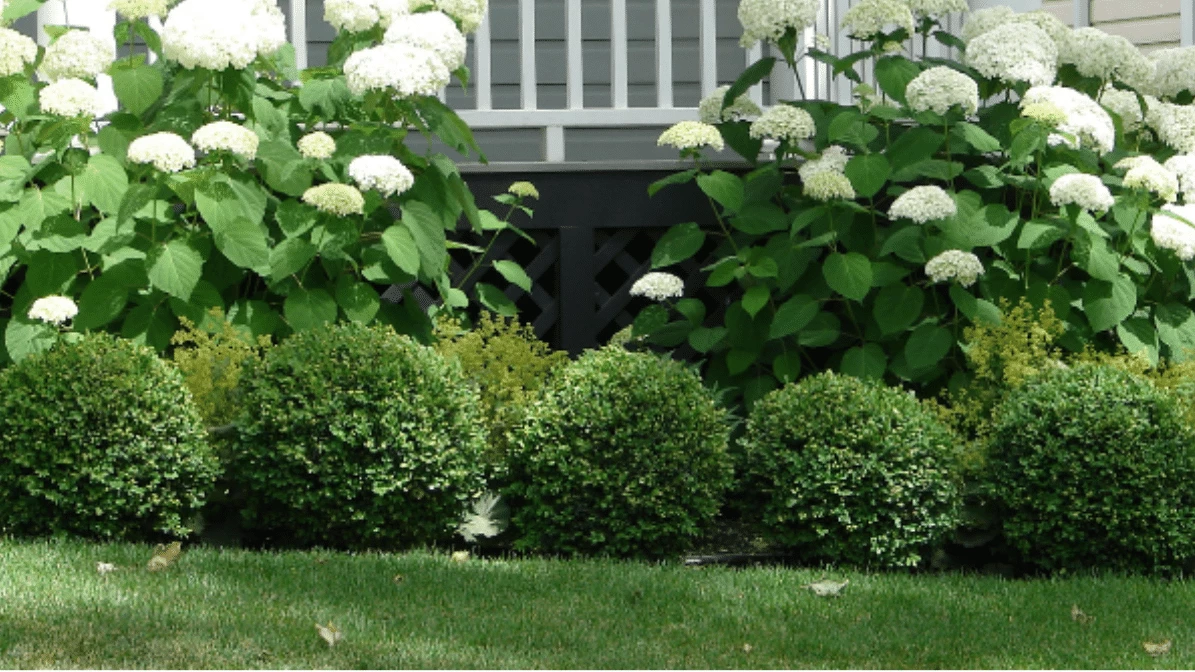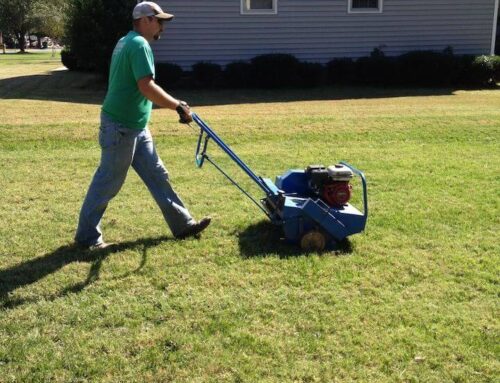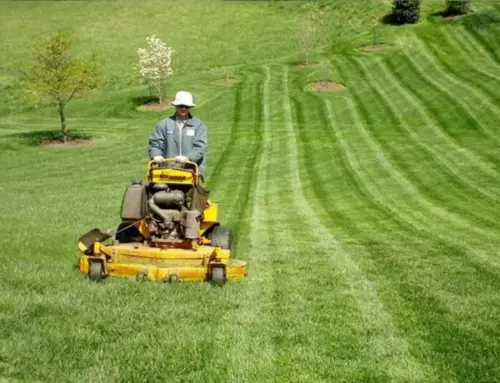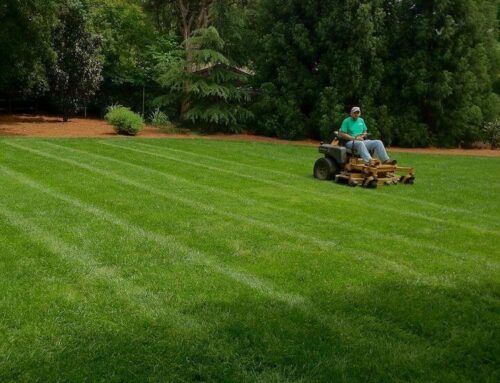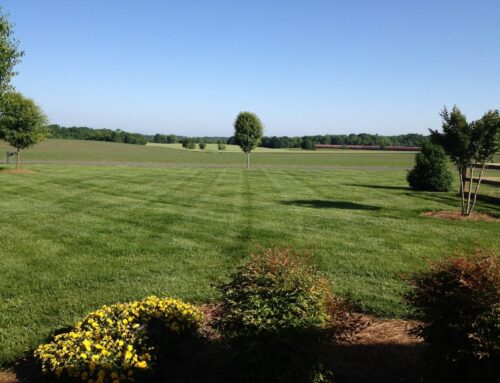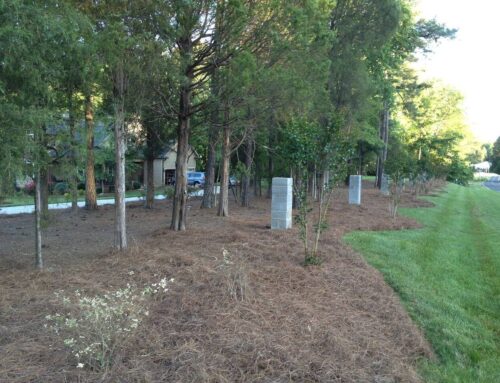Landscape maintenance is key to keeping your garden vibrant and healthy, and regular bush care is a crucial part of this process. Whether you’re a seasoned gardener or a beginner, understanding the basics of bush maintenance can greatly enhance the appearance and vitality of your landscape. This involves routine pruning, proper watering, and timely fertilization to ensure your bushes are not just surviving, but thriving.
Regular check-ups help in early detection of diseases or pests, which can save a lot of time and effort in the long run. By following these straightforward practices, you can protect your plants and enjoy a lush, beautiful garden year-round. So, grab your gardening tools, and let’s dive into the world of bush care!
How often should bushes be pruned for optimal growth?
The frequency of pruning bushes for optimal growth is not a one-size-fits-all answer. It depends on the specific bush type, its growth rate, and the desired shape. However, a general guideline is to prune bushes at least once a year, typically during their dormant season in late winter or early spring. This timing allows for removing dead, damaged, or diseased branches while the bush is not actively growing, promoting healthy regrowth in the coming season.
For some fast-growing bushes or those that flower on new growth, more frequent pruning, two to three times a year, may be beneficial to maintain their shape and encourage abundant blooms. On the other hand, slow-growing bushes may only require pruning every couple of years to remove excessive growth and keep their form.
Some fast-growing bushes or those that flower on new growth may benefit from more frequent pruning, two to three times a year, to maintain their shape and encourage abundant blooms. On the other hand, slow-growing bushes may only require pruning every couple of years to remove excessive growth and keep their form.
Regularly monitoring your bushes throughout the growing season can help you identify immediate pruning needs, such as removing crossed branches or thinning out crowded areas. Ultimately, the key is to balance maintaining the desired shape and allowing the bush to grow and flourish naturally.
What are common signs of unhealthy bushes that require immediate attention?
Several signs indicate unhealthy bushes that require immediate attention:
- Wilting or Yellowing Leaves: Wilting, turning yellow, or showing discoloration could indicate overwatering, underwatering, nutrient deficiencies, or pests and diseases.
- Stunted Growth: If a bush is not growing as vigorously as expected or has minimal new growth, it may indicate underlying problems such as nutrient deficiencies, compacted soil, or root damage.
- Drooping or Dead Branches: Dead or dying branches, or branches that are drooping significantly, could result from disease, pest infestation, or insufficient water.
- Visible Pests or Diseases: Any signs of pests such as aphids, scale insects, or fungal infections like powdery mildew should be addressed promptly to prevent further damage to the bush.
- Foul Odor: A foul smell around the bush could indicate rot or fungal infection in the roots or lower parts of the plant.
- Sparse Foliage: Bushes with thinning foliage or bare patches may suffer from nutrient deficiencies, inadequate sunlight, or improper pruning practices.
- Abnormal Growth Patterns: Any unusual growth patterns, such as distorted leaves, abnormal swelling, or galls, could indicate pests, diseases, or physiological disorders.
- Excessive Dropping of Leaves or Flowers: If a bush is dropping leaves or flowers at an unusual rate, it may be a response to stress from factors such as overwatering, underwatering, or environmental conditions.
Addressing these signs promptly through proper diagnosis and intervention can help restore the health of the bushes and prevent further decline. Consulting with a knowledgeable gardener or arborist may be necessary for accurate diagnosis and treatment recommendations.
Can neglecting regular bush care impact the overall aesthetic of a landscape?
Regular bush care is crucial for maintaining a landscape’s aesthetic appeal. Bushes provide structure, texture, and color, but when left unattended, they can become overgrown, leggy, and unkempt, detracting from the surrounding environment.
Neglecting bushes can lead to dead or diseased branches, accumulating dead or diseased branches, and spreading problems to nearby plants. Neglecting bushes increases their susceptibility to pest infestations and diseases, causing further damage and decline.
Poorly maintained bushes can overshadow other landscape features, block views, create claustrophobia, and pose safety hazards. Therefore, paying attention to bush care is essential to maintain a landscape’s aesthetic integrity and enhance outdoor space enjoyment.
What are effective methods for preventing common pests and diseases in bushes?
Preventing common pests and diseases in bushes involves a combination of proactive measures and attentive care. Here are some effective methods:
- Pruning and Sanitation: Regularly prune bushes to remove dead, damaged, or diseased branches, as these can serve as entry points for pests and pathogens. Additionally, promptly remove fallen leaves, fruits, and other debris from around the bushes to reduce the risk of disease spread.
- Proper Planting and Spacing: Plant bushes in appropriate locations with adequate sunlight, air circulation, and soil drainage to promote healthy growth and reduce susceptibility to pests and diseases. Ensure proper spacing between plants to prevent overcrowding, creating favorable conditions for fungal infections and pest infestations.
- Healthy Soil and Nutrition: Maintain healthy soil by incorporating organic matter, such as compost, and ensuring proper pH levels for the specific type of bushes. Regularly fertilize bushes with balanced, slow-release fertilizers to provide essential nutrients and promote vigorous growth, enhancing their ability to resist pests and diseases.
- Mulching: Apply a layer of organic mulch around the base of bushes to conserve moisture, suppress weeds, and improve soil structure. However, avoid piling mulch against the stems, as this creates a shelter for pests and promotes rotting.
- Water Management: Water bushes profoundly and infrequently to encourage profound root growth and drought tolerance. Avoid overhead watering, which can promote fungal diseases, and water early in the day to allow foliage to dry before evening, reducing the risk of fungal infections.
- Integrated Pest Management (IPM): Implement IPM strategies, which combine cultural, biological, mechanical, and chemical control methods to manage pests and diseases effectively while minimizing environmental impact. This may include using insecticidal soaps, horticultural oils, beneficial insects, and disease-resistant cultivars.
- Regular Monitoring: Routinely inspect bushes for signs of pest infestations, such as chewed leaves, webbing, or visible insects, and symptoms of diseases, such as spots, lesions, or wilting. Early detection allows for prompt intervention and reduces the likelihood of widespread damage.
Incorporating these preventive measures into your bush care routine can help protect your bushes from common pests and diseases and promote their long-term health and vitality.
Bush Care Sustains Your Landscape’s Beauty Now!
Performance Lawn and Landscapes ensures your outdoor space remains vibrant year-round. Our expert team provides essential regular bush care services tailored to your landscape’s needs.
With meticulous pruning, watering, and fertilization, we promote healthy growth and maintain the aesthetic appeal of your bushes. We prioritize timely interventions to address pests, diseases, and nutrient deficiencies, ensuring your bushes thrive.
Trust us to keep your landscape looking its best with lush, well-maintained bushes that enhance your property’s beauty and curb appeal. Contact Performance Lawn and Landscapes today for expert bush care services you can rely on.

